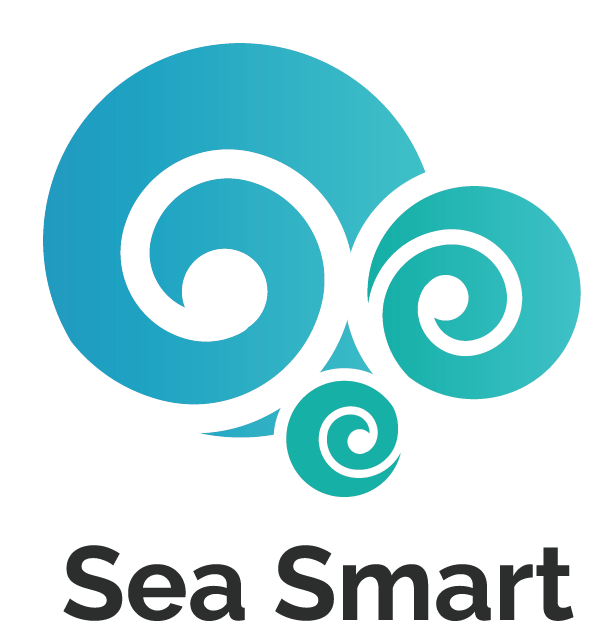Eco Lunch Essentials: The Reusable Container Guide
Photo by Sylvie Michel
Single-use plastic containers pose a threat to the environment, as they frequently find their way into landfills and the ocean, where decomposition can take hundreds of years. This drawn-out process releases harmful chemicals and microplastics that pollute the ocean and disrupt its biodiversity. (Learn more in our blog post about plastic pollution). While this may sound dire, it is something each of us can help change every single day! By replacing single-use plastics with durable, reusable lunch boxes, containers, and cutlery – not only will you reduce waste, but you'll also cut costs in the long run! Here are some ideas to get started:
Sustainable Materials for Your Kitchen
Glass is durable, easy to clean, and can be used in microwaves, ovens, and freezers without leaching chemicals. Brands include: GlassLock, Pyrex and OXO. Weck offers glass jars, with the unique feature that many jar sizes use the same lid size, making replacement more convenient. You can often find glass jars and containers in the thrift store to save even more money.
Silicone is flexible, versatile, and microwave-safe. The Soap Dispensary, one of Vancouver's first refill shops and zero waste grocery stores, highlights that silicone can tolerate a wide range of temperatures (–40ºC to +230 ºC). They come in storage bags like Stashers, lids that can stretch to fit over a variety of container sizes, or collapsible containers like FlatStacks.
Stainless Steel containers, though unsuitable for the microwave, are durable and perfect for carrying lunches or storing dry goods. Brands include: U-Konserve and EcoLunchbox.
Bamboo: sustainable, compostable, strong and can handle a variety of foods.
Key Features to Consider
Compact and Stackable: These features are essential for small storage spaces. Many glass and silicone options are designed to nest within each other to save space.
Microwave-Safe: If you plan to reheat food directly in the containers, look for glass or silicone options that are microwave-safe.
Freezer-Safe: Many glass containers are freezer-safe, but make sure to leave space at the top for expansion. Some silicone containers are also freezer-friendly.
Lid Replacement: When lids often crack or disappear, the ability to buy them individually is a life-saver!
Depending on your specific needs, such as space constraints, you can choose from these options to find the best fit for storing your meals, leftovers and other food items.
Lunchtime doesn't have to be a daily source of waste and environmental concern. With a little creativity and some simple changes, you can enjoy your meals without contributing to the growing problem of litter and pollution!
Don't miss out on our ongoing efforts to help you cut down on plastic use and embrace an eco-friendly lifestyle! Stay connected through Sea Smart’s newsletter and social media channels for more insightful tips and interesting facts. Have additional ideas to share? Drop us an email, and you could be spotlighted on our social platforms! Let's continue working together to safeguard our oceans.
Written by Minh H Pham




